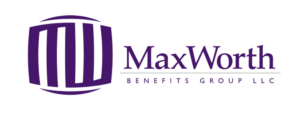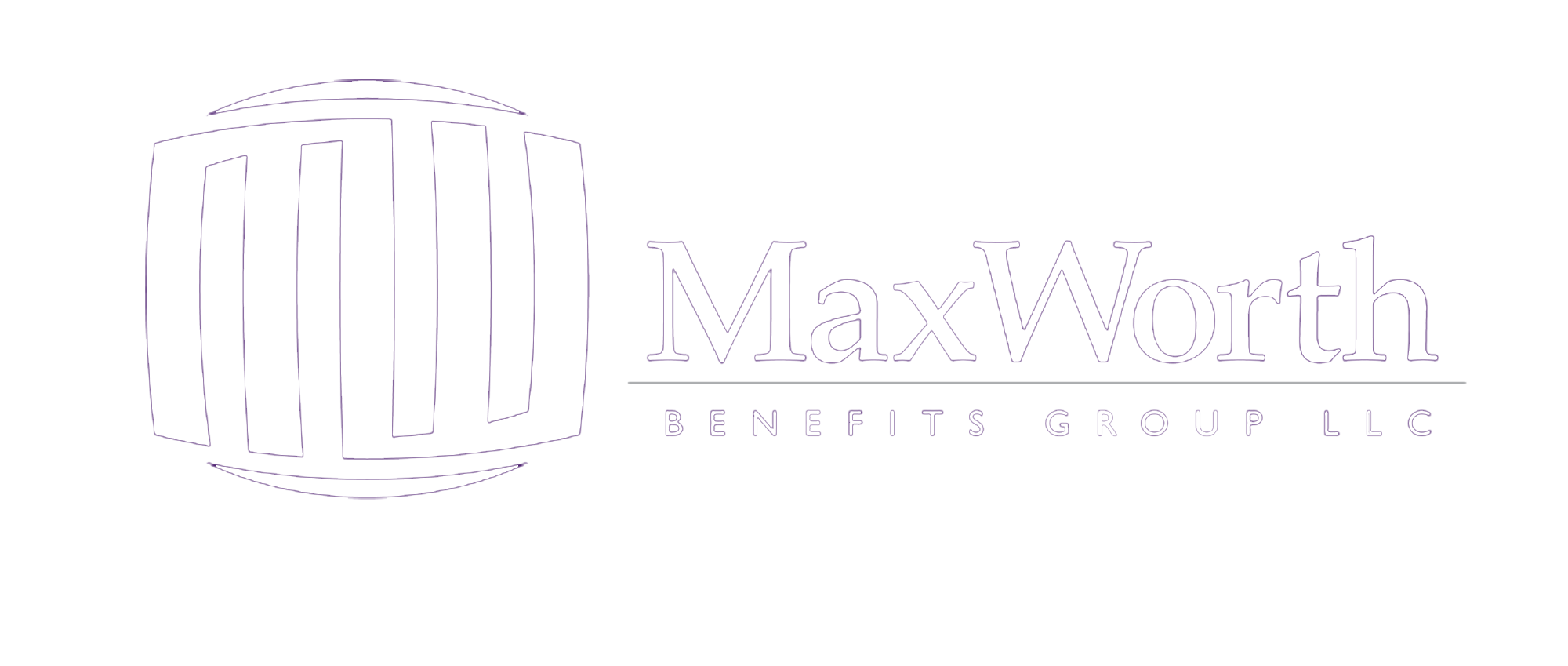
RETIREMENT PLANS FOR SMALL PHYSICIAN PRACTICES
For private practice owners, having to choose a retirement plan can be intimidating. How do you pick the most appropriate retirement plan for your practice as well as your physicians and staff members?
There are several types of retirement plans to choose from. Here, we will review three of the most popular options for small businesses: SIMPLE-IRAs, SEP-IRAs, and 401(k)s.
This article is for informational purposes only and is not a replacement for real-life advice, so make sure to consult your tax, legal, and accounting professionals before implementing or modifying a retirement plan.
SIMPLE-IRAs
SIMPLE stands for Savings Incentive Match Plan for Employees. This is a traditional IRA that is set up for employees and allows both employees and employers to contribute. If you're a practice owner who needs to get started with a retirement plan, a SIMPLE-IRA may be for you. SIMPLE-IRAs provide some degree of flexibility in that employers can choose to either offer a matching contribution to their employees’ retirement accounts or make nonelective contributions. Additionally, employees can choose to make salary reduction contributions to their own retirement accounts. Some small business owners opt for a SIMPLE-IRA because they find the maintenance costs to be lower than that of other plans.1,2
Distributions from SIMPLE-IRAs are taxed as ordinary income, and if taken before age 59½, may be subject to a 10% federal income tax penalty. Generally, once you reach age 72, you must begin taking required minimum distributions.
For a business to use a SIMPLE-IRA, it typically must have fewer than 100 employees and cannot have any other retirement plans in place.1
SEP-IRAs
SEP plans (also known as SEP-IRAs) are Simplified Employee Pension plans. Any business of any size can set up one of these types of retirement plans, including a self-employed business owner. Like the SIMPLE-IRA, this type of retirement plan may be an attractive choice for a practice owner because a SEP-IRA does not have the start-up and operating costs of a conventional retirement plan. This is a type of retirement plan that is solely sponsored by the employer, and you must contribute the same percentage to each eligible employee. Employees are not able to add their own contributions. Unlike other types of retirement plans, contributions from the employer can be flexible from year to year, which can help practices that have fluctuations in their cash flow.3
Much like SIMPLE-IRAs, SEP-IRAs are taxed as ordinary income, and if taken before age 59½, may be subject to a 10% federal income tax penalty. Generally, once you reach age 72, you must begin taking required minimum distributions.
401(k)s
401(k) plans are funded by employee contributions and, in some cases, employer contributions as well. In most circumstances, you must begin taking required minimum distributions from your 401(k) or other defined contribution plan the year you turn 72. Withdrawals are taxed as ordinary income, and if taken before age 59½, may be subject to a 10% federal income tax penalty.1
- IRS.gov, March 4, 2021
- Investopedia.com, April 25, 2021
- Investopedia.com, February 23, 2021
SIGN UP FOR OUR NEWSLETTER
If you would like to receive industry updates and articles like the one you see here, complete the form below

Securities and investment advisory services offered through Osaic Wealth, Inc. Member FINRA/SIPC. Osaic Wealth is separately owned and other entities and/or marketing names, products or services referenced here are independent of Osaic Wealth.
This communication is strictly intended for individuals residing in the states of AL, AZ, AR, CA, DE, FL, GA, IN, KY, LA, MD, MI, NE, NV, NH, NY, NC, ND, OH, OK, OR, PA, SC, TN, UT, VA, and WY. No offers may be made or accepted from any resident outside the specific state(s).




